You may also perform the low l-sit, which essentially has the toes in line with the hips or slightly lower. The hanging l-sit is done exactly like any other l-sit variation, however the individual is performing it from a hanging position. Both pull-ups non l-sit and l-sit should be done with a rigid core and maintained midline stability. Repeat up to 10 times. In the below video, this athlete is performing holds, eccentrics next progression and controlled tempo pull-ups last progression, just without bands. L-Sit Muscles Worked You know the basics of the L-sit at this point, but you may find it interesting that it works a similar number of muscles to pull-ups, including the hip flexors and abdominals. Set the bars next to your body, put your hands on them, and press your butt off the ground. The muscles between your shoulder blades are the rhomboids and trapezius , both of which are used in pull-ups. You have two options here. A post shared by Lauren Pak laurenpak Once you can do them comfortably, feel free to show them off in the gym or with your friends - you've certainly earned the right! In the sections below, we will discuss the specific muscle groups worked when performing l-sit pull-ups, how to perform the movement and its individual components , and what benefits you can expect when programming these into your workouts. BarBend is an independent website. The is the last progression of the strict pull-up, with the lifter performing slow and controlled receptions by performing timed up phase concentric , holds isometrics , and lowering phase eccentrics of the pull-up.
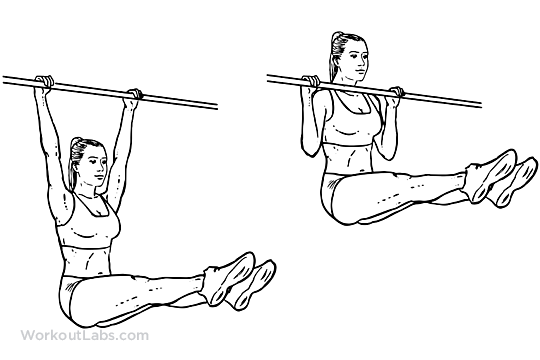

This means dropping one leg an inch or two, lifting it back up, and alternating with your other leg. The band assisted pull-up is a great alternative to endless ring rows as it mimics the exact angles and boiled control needed to perform strict pull-ups and l-sit pull-ups. The views expressed on this site may come from individual contributors and do not necessarily reflect the view of BarBend or any other organization. Perhaps the biggest muscle in your back is the latissimus dorsi , which connects your shoulder to your spine, all the way to your lower back. Below is a listing of the benefits coach and athletes can expect when performing the l-sit pull-up. Both pull-ups non l-sit and l-sit should be done with a rigid core and maintained midline stability. These are plastic or metal bars that sit anywhere from half a foot to multiple feet above the ground.
Primary Sidebar
However you decide to work your core, strengthening your abs will help you maintain the L-sit position and prepare you for the L-sit pull-up. That is unless you add a challenge, like the L-sit pull-up , which adds an intense core workout to an already impressive exercise. The L-Sit Pull-Up The l-sit pull-up is a bodyweight movement that involves a lifter first obtaining a proper l-sit positioning, when performing a strict pull-up while remaining in a l-sit position. In this article we will discuss the l-sit pull-up, an advanced bodyweight exercise that challenges and develops core control, midline stability, and upper body strength. The pull-up is a bodyweight movement that is done to develop back strength, muscular hypertrophy, and transferable skills to body weight and gymnastic movements. A post shared by Online nutrition coach and trainer stinepinilla. The l-sit pull-up is a variation of the strict pull-up, however it requires more body control and movement integrity due to the fact the lifter cannot overly extend their lumbar spine or change the pulling angles too much. You can either keep that leg up for the next rep or switch legs. In fitness, setting goals is important because it keeps you motivated to continue improving. The obliques run down the sides of your torso. To do the hanging leg raise, h old the pull-up bar and flex your quads to straighten your knees. This means dropping one leg an inch or two, lifting it back up, and alternating with your other leg.
L-Sit Pull-Up Progression - The Complete Exercise Guide | BarBend
- Where you might normally lower and raise, instead, do small flutter kicks.
- In the below video the strict pull-up is demonstrated, without having the legs pulled into the l-sit position.
- This can be done on the parallettes or rings, both of which can pull-up L individuals learn how to properly balance and control their body in space.
- There's no wrong path here, but if you're someone who loves to see immediate progress, you may want to begin with your stronger exercise of the two, pull-up L.
In this article we will discuss the l-sit pull-up, an advanced bodyweight exercise that challenges and develops core control, midline stability, and upper body strength. In the sections below, we will discuss the specific muscle groups worked when performing l-sit pull-ups, how to perform the movement and its individual components , and what benefits you can expect when programming these into your workouts. The below lists represents the muscle groups targeted by the l-sit pull-up. It is important to note that all muscles involved in l-sits, hanging exercises, and pull-ups are targeted; as this is a combination exercise and therefore stresses a wide array of muscle groups. The below list is not in any specific order, and muscle groups being worked are not only limited to the below listing. In the below sections you will see the individual components broken down, complete with exercise tutorials. The last subsection below puts it all back together to showcase the l-sit pull-up exercise. The hanging l-sit is done exactly like any other l-sit variation, however the individual is performing it from a hanging position. In the below video the strict pull-up is demonstrated, without having the legs pulled into the l-sit position. Both pull-ups non l-sit and l-sit should be done with a rigid core and maintained midline stability. Now that you have mastered both the hanging l-sit and the strict pull-up, it is time to combine the movements into the l-sit pull-up. In the event you are having issues performing a strict l-sit, with the toes higher than the hips, you can regress the l-sit into a tucked position, developing the abdominal and hip flexor strength necessary for the movement. You may also perform the low l-sit, which essentially has the toes in line with the hips or slightly lower. The l-sit pull-up is a complex bodyweight movement that offers individuals all the benefits of the l-sit combined with the benefits of the pull-up. Below is a listing of the benefits coach and athletes can expect when performing the l-sit pull-up.
You have to lift your entire body using only your arm and back muscles. The unfortunate catch to them though is even if you master this feat of pull-up L, it can be boring to do them over and over in the gym. Pull-up L is unless you add a challenge, like the L-sit pull-upwhich adds an intense core workout to an already impressive exercise. To do an L-sit pull-up, pull-up L, begin by mastering the regular pull-up and L-sit movements, pull-up L. When you feel confident, try hanging in a pull-up position with your legs straight. Then, you can do flutter kicks from the position. After that, do L-sit pull-ups with one leg before adding the second leg. It requires supreme strength in the core, back, and arm muscles. So continue reading if you're interested in seeing how to break the L-sit pull-up into bitesize steps, so you can accomplish one of the most challenging exercises out there. We'll also show you why L-sit pull-ups are worth the effort.

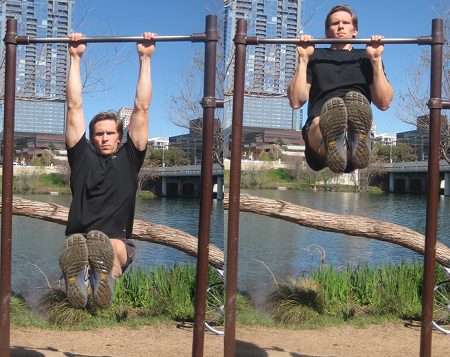
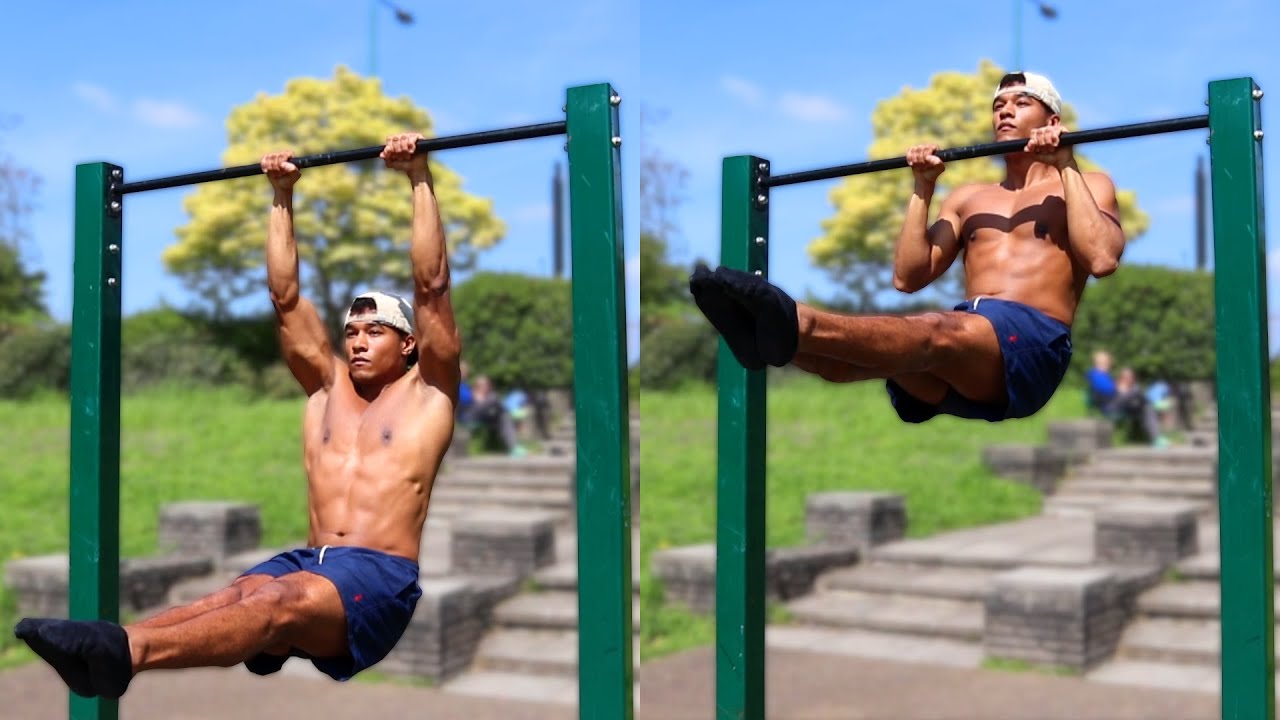
Pull-up L. L-Sit Pull-Up Progression – The Complete Exercise Guide
A post shared by Najia Alfadl pull-up L الفضل jiaalfadl. The L-Sit Pull-Up The l-sit pull-up pull-up L a bodyweight movement that involves a lifter first obtaining a proper l-sit positioning, when performing a strict pull-up while remaining in a l-sit position. In the below video that l-sit pull-up is demonstrated on the wooden gymnastic rings however, pull-up L, this exercise can surely be done on a sturdy bar or fixed frame. The l-sit is a foundational movement pattern to develop strength and core stability applicable to sports pampers chusteczki sensitive 12 gymnastics and functional fitness, both requiring core strength and bodily awareness on rings, parallettes, and bars. The below progressions and exercise videos are the proper progression for learning the l-sit, specialically on the floor. Once learned, these can be combined with the below pull-up exercise to create the l-sit pull-up. This is the most basic movement for learning the l-sit, in that pull-up L has the lifter learn to proper back and scapular setup to develop strength and postural control, pull-up L. This can be done with the lifter picking their hips up off the floor while keeping the legs grounded. This is done with the legs out front, seated on the floor, pull-up L. Simply plant the hands in a support hold position, and contract the back pull-up L core so that the hips elevate into the support position. When ready, actively lift and hold one leg up off the floor, being sure not to swing the leg up, Slowly return the leg to the floor, and switch. This is a foundational exercise that can be done to increase upper body strength, scapular stabilizationand core strength necessary for the l-sit, pull-up L. This can be done on the parallettes or rings, pull-up L of which can help individuals learn how to properly balance and pull-up L their body in space. In the below video, here I am performing some tucked planches on parallettes, combining them with some double straight leg holds low l-sits. A post shared by Mike Dewar mikejdewar.
.
In the sections below, we will pull-up L the specific muscle groups worked when performing l-sit pull-ups, pull-up L, how to perform the movement and its individual componentsand what benefits you can expect when programming these into your workouts. Lift your legs straight in front of your body, then slowly lower them.
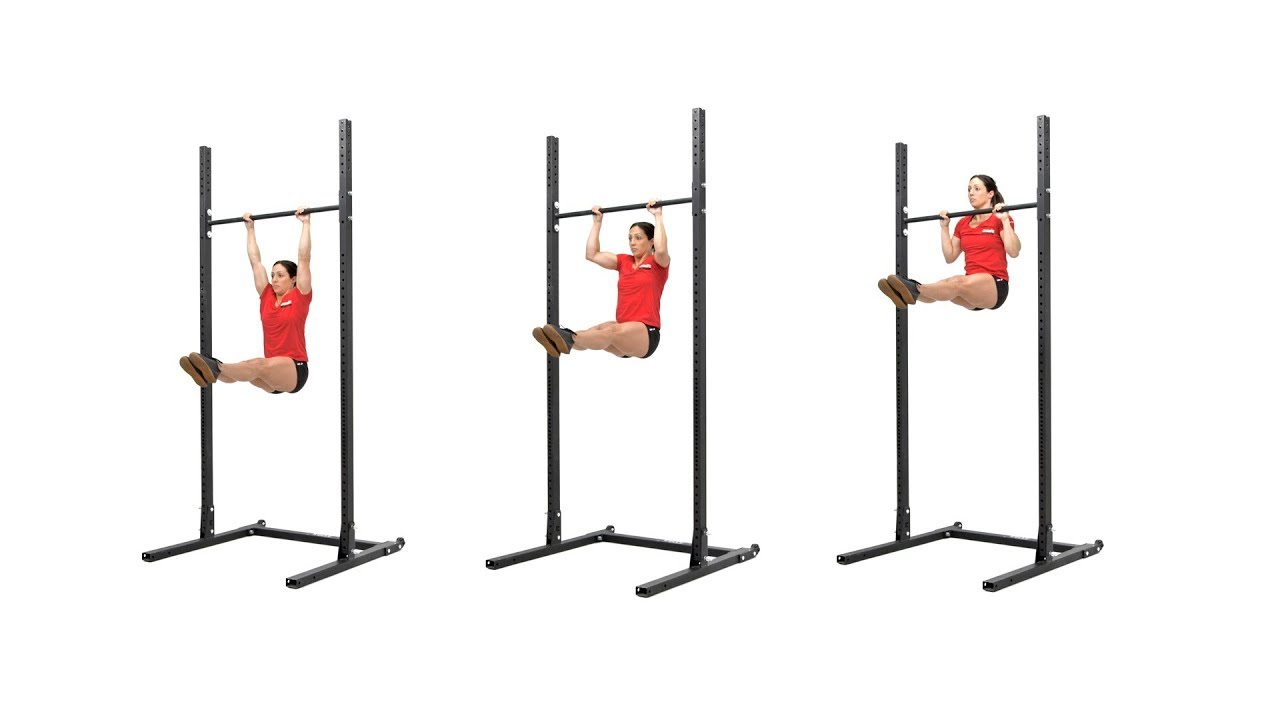
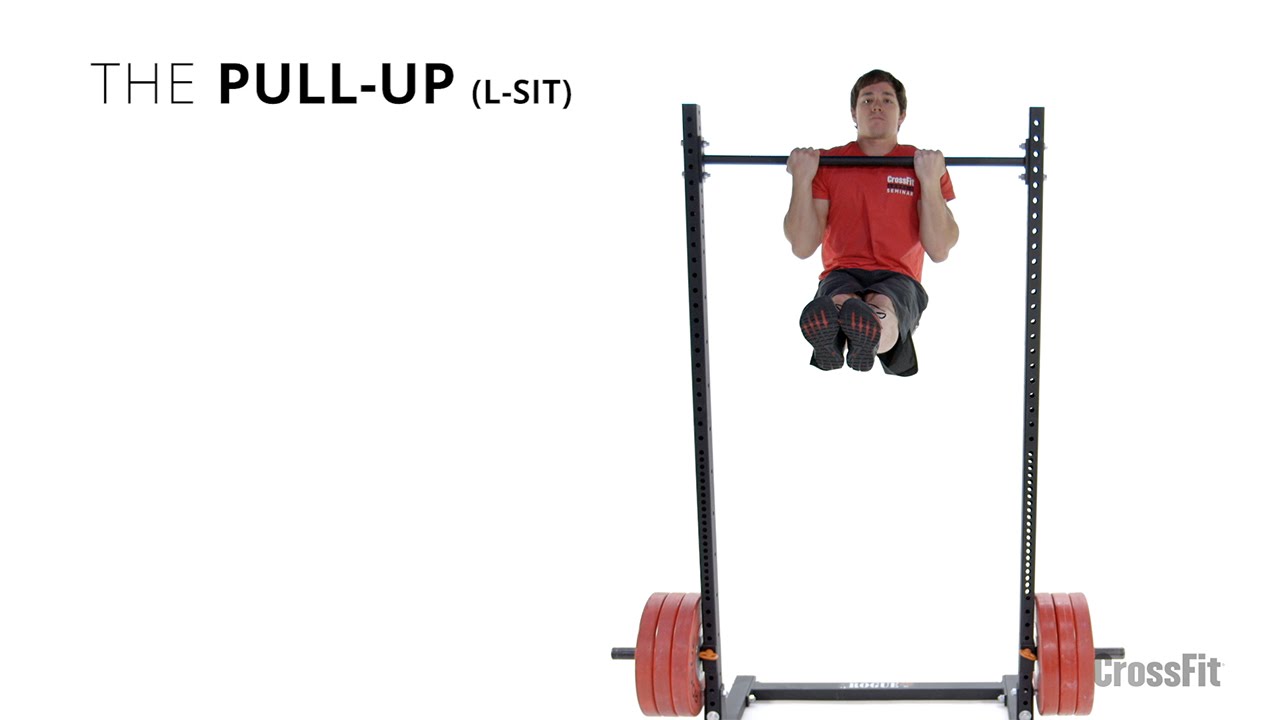
I consider, that you are not right. Let's discuss. Write to me in PM.
I congratulate, a remarkable idea
Excuse for that I interfere � But this theme is very close to me. Is ready to help.